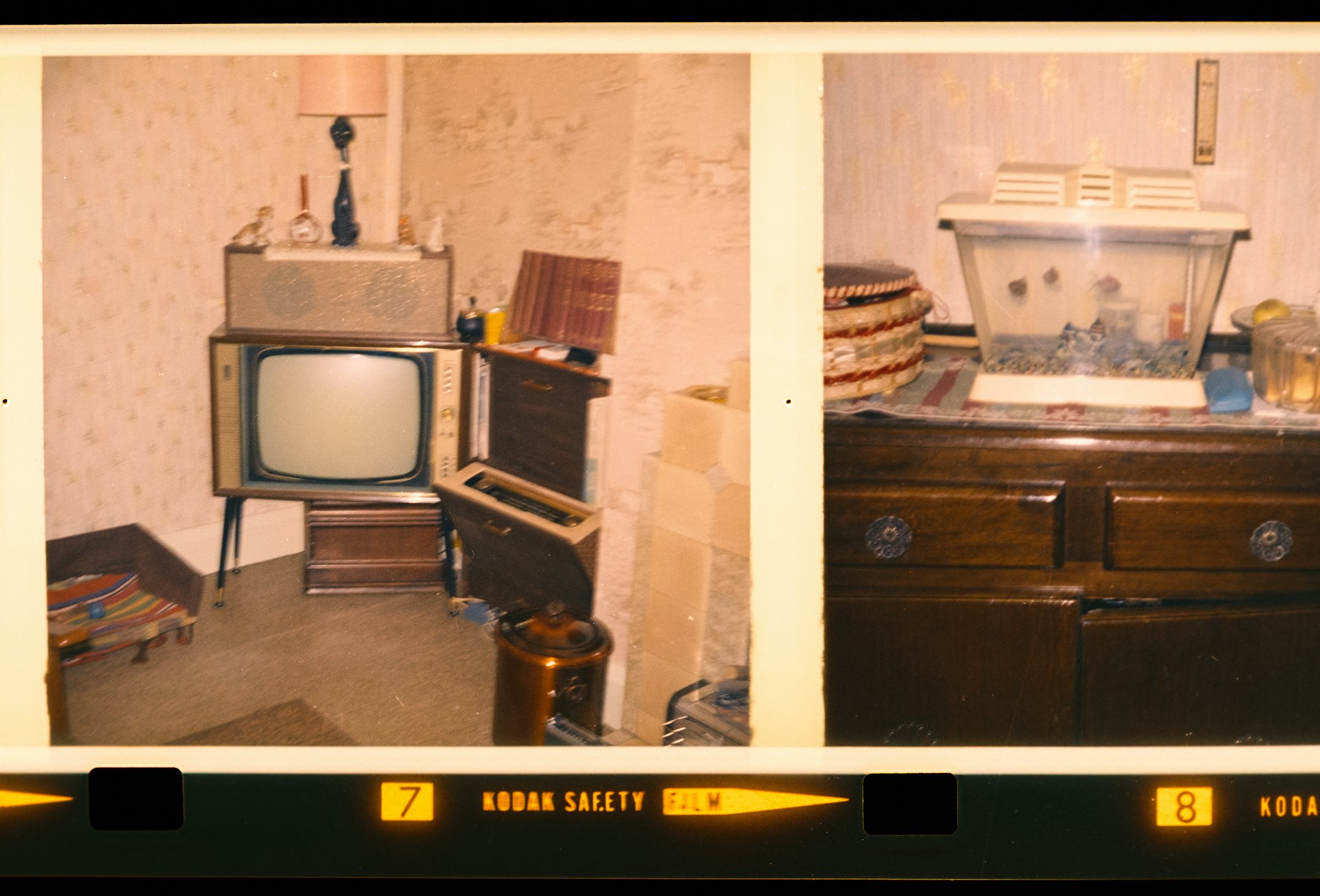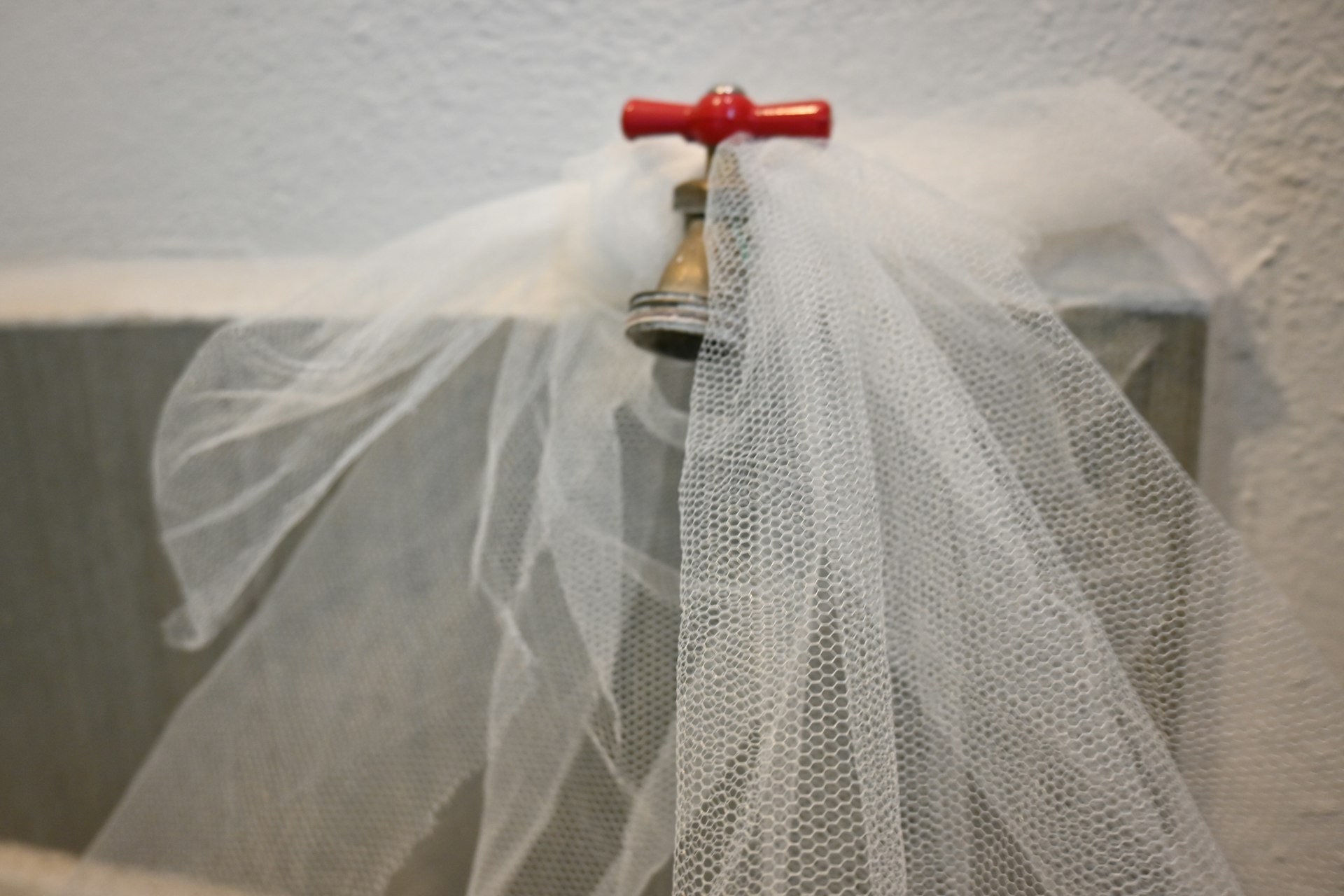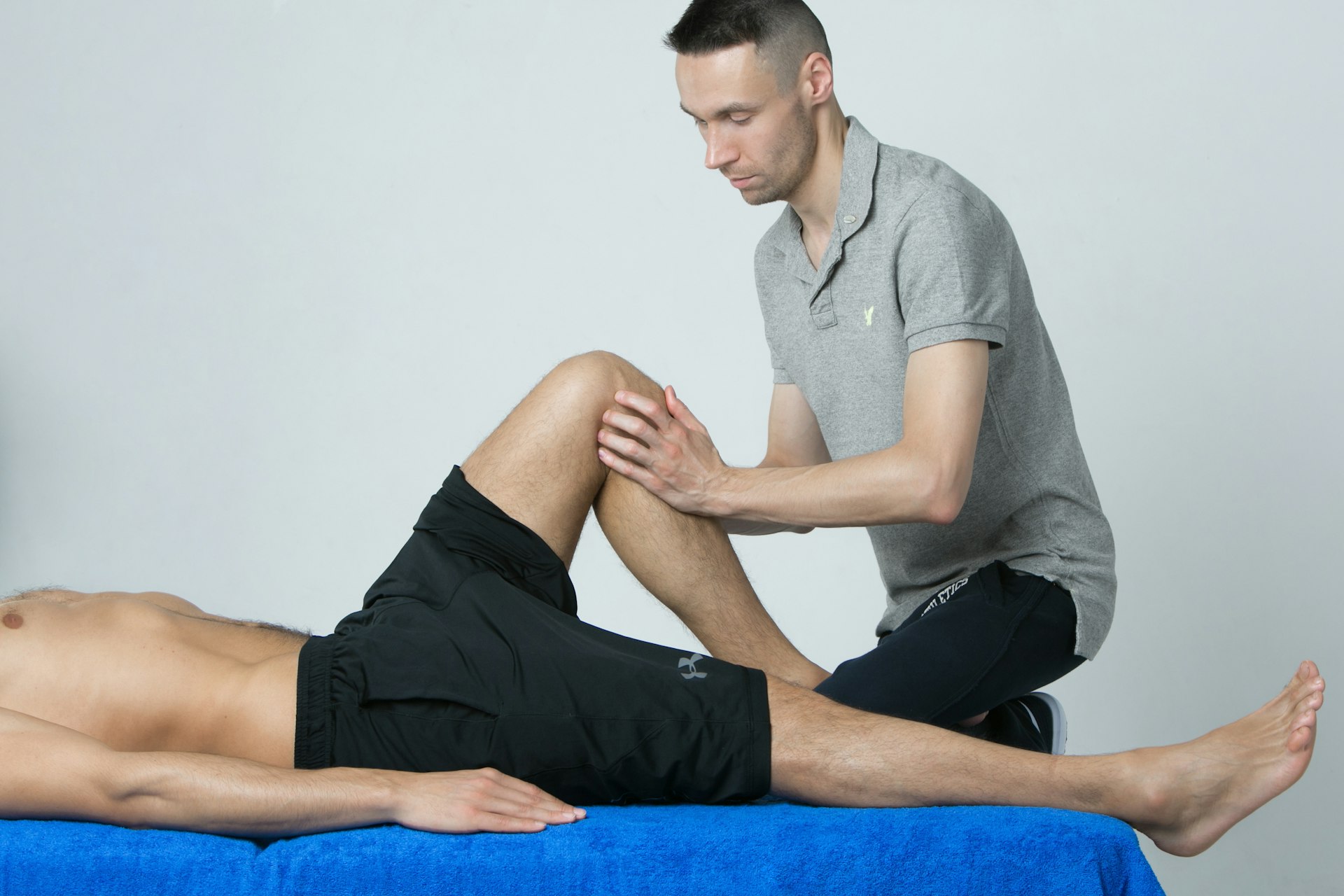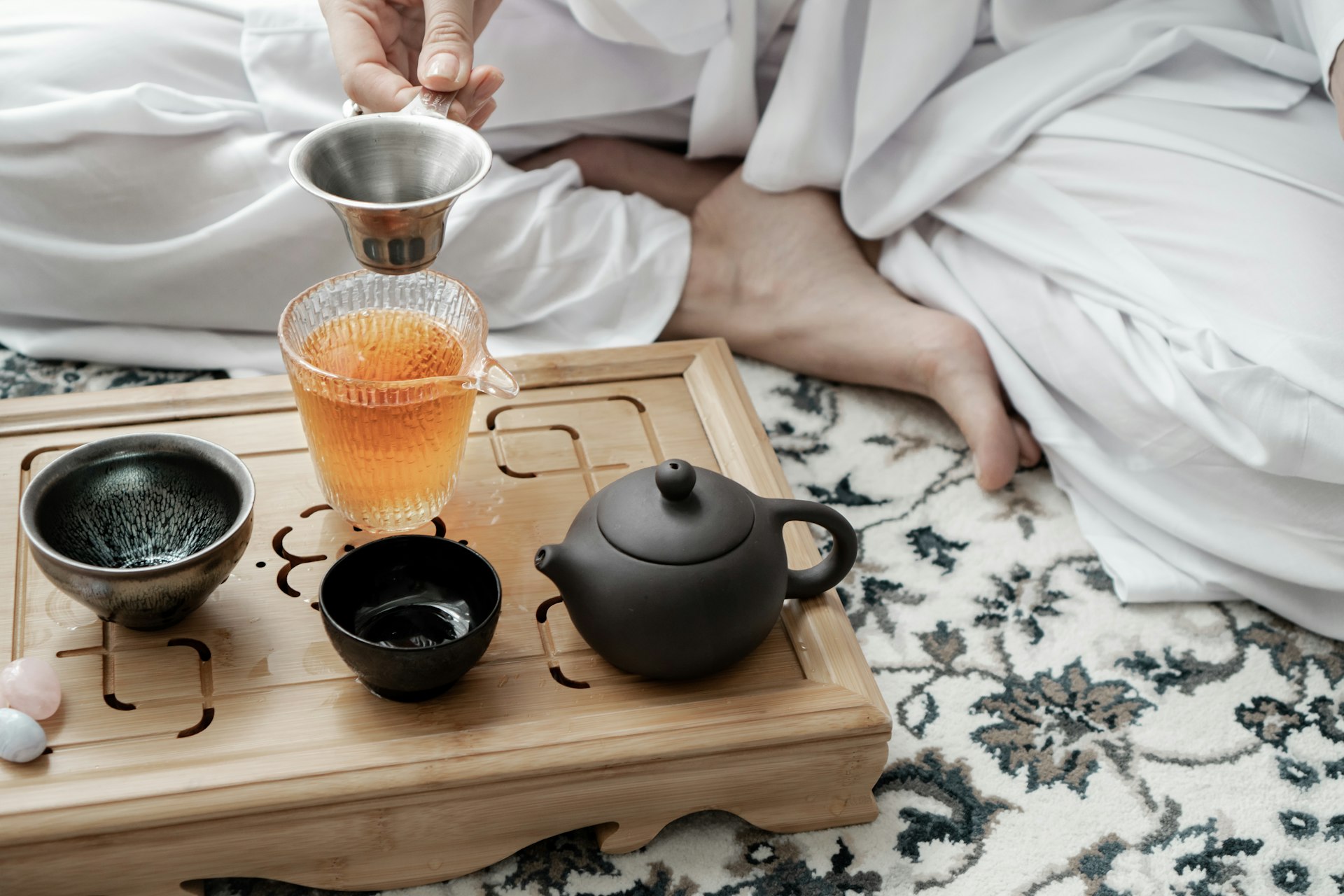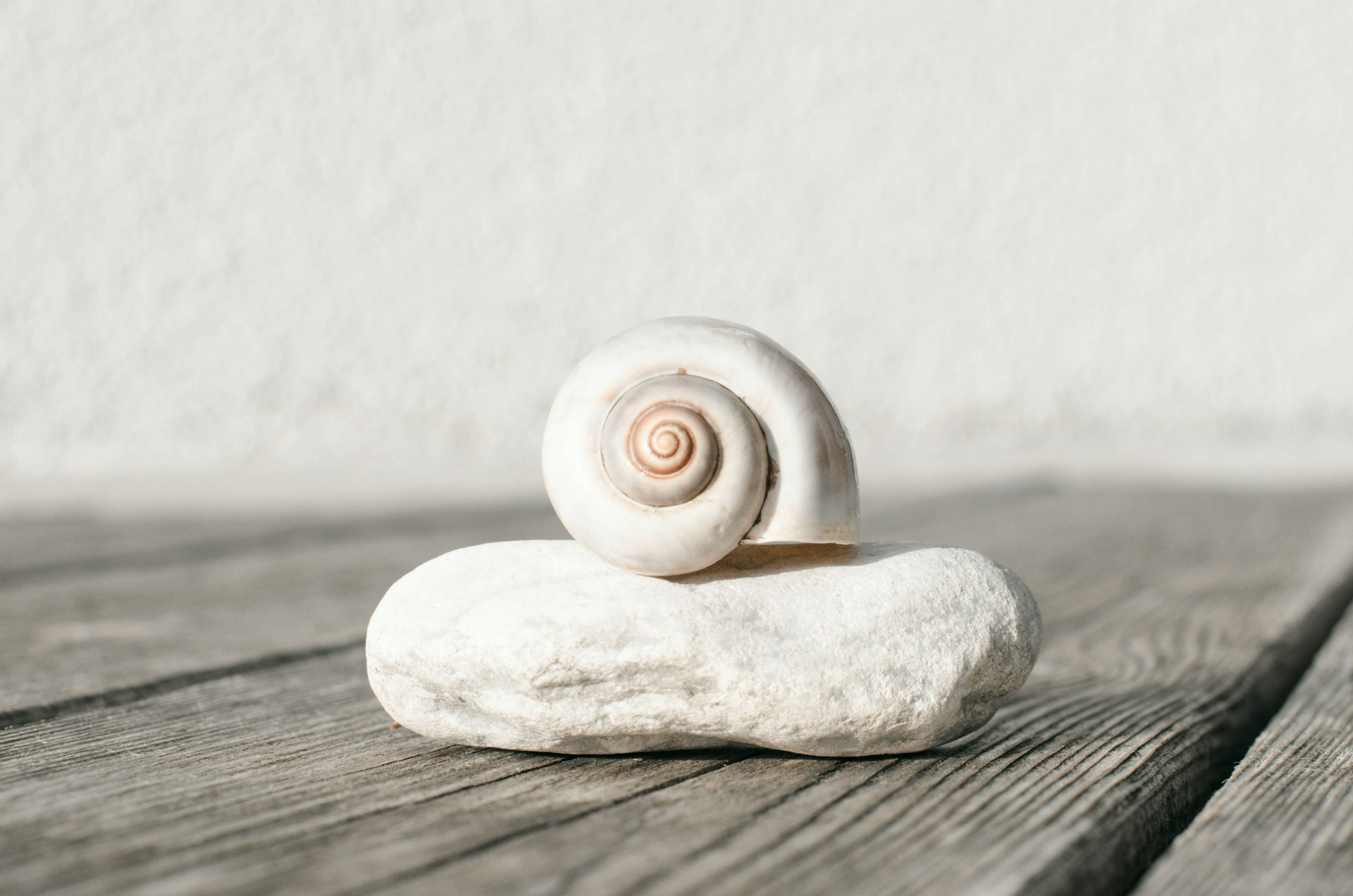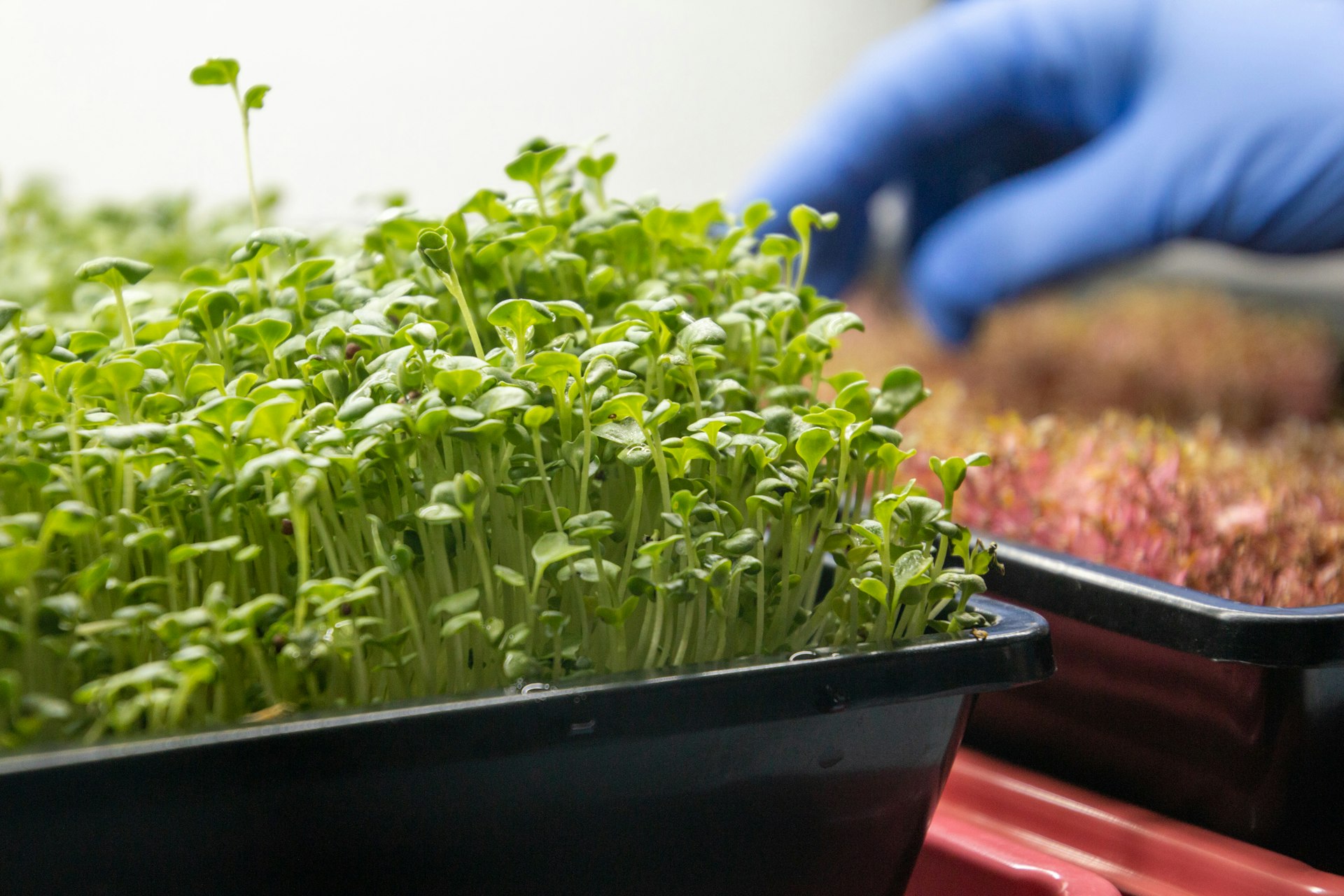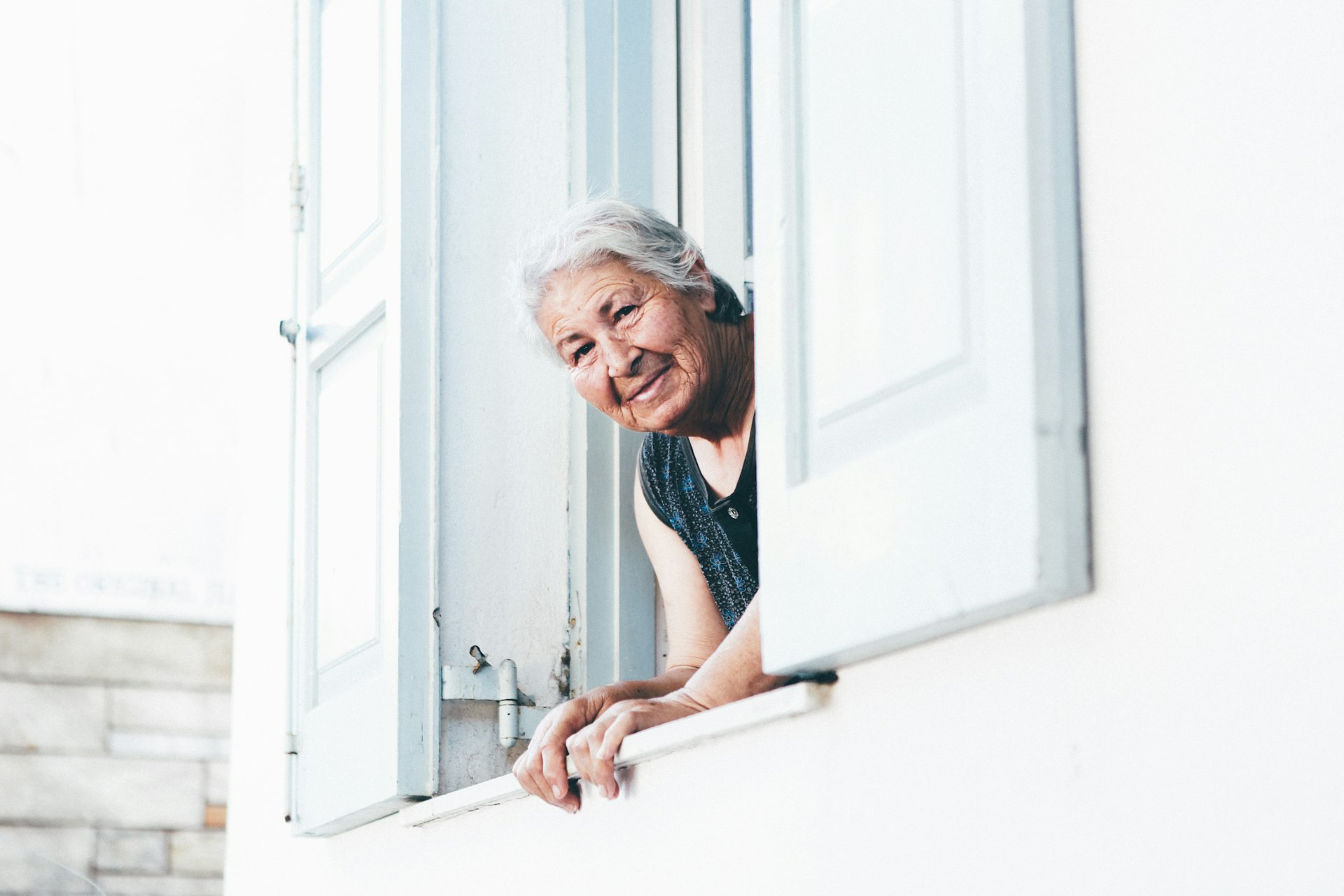Unlocking the Benefits of Cold Therapy for Faster Recovery

Photo by Ben White on Unsplash
Introduction: The Science Behind Cold Therapy
Cold therapy, also known as cryotherapy or cold water immersion, has become a popular tool among athletes and fitness enthusiasts for managing muscle soreness and accelerating recovery after intense exercise. By utilizing cold plunges, ice baths, or even cold showers, individuals aim to leverage physiological responses that can support faster recovery and improved performance. This article explores the benefits, practical applications, and best practices for integrating cold therapy into your post-workout routine, based on current scientific research and expert guidance.
How Cold Therapy Supports Recovery
When you immerse your body in cold water or apply cold packs to sore muscles, your blood vessels constrict-a process known as vasoconstriction. This constriction helps reduce inflammation and swelling in the muscles, which are common after strenuous workouts. According to exercise physiologists, the cold exposure can act as a natural analgesic, numbing nerve endings and providing immediate pain relief. This is particularly beneficial for athletes who experience delayed onset muscle soreness (DOMS) or seek to minimize discomfort between training sessions [2] .
Research has shown that cold water immersion after exercise can help reduce the degree of exercise-induced muscle damage. By reducing this damage, cold therapy can lessen post-exercise inflammation and soreness, allowing you to return to training more quickly and with improved physical readiness [4] . Some athletes also report enhanced focus and rejuvenation, which may be linked to the release of endorphins and adrenaline during cold exposure [2] .
Practical Applications: How to Use Cold Therapy
Cold therapy can be implemented in several ways, including full-body ice baths, cold plunges, and cold showers. The most effective method appears to be full-body immersion, as it delivers a uniform cooling effect and compression to the entire muscular system. If you do not have access to a dedicated ice bath or cold plunge pool, a cold shower can be a suitable alternative-though its benefits may not be as extensive as complete immersion [3] .
To use cold therapy safely and effectively, consider the following step-by-step approach:
- Prepare your ice bath or cold plunge: Fill a tub with cold water and add ice until the temperature reaches between 50°F and 59°F (10°C to 15°C). Ensure you have towels and warm clothing ready for after your session.
- Limit exposure: Most experts recommend immersing yourself for 10-15 minutes. Prolonged exposure increases the risk of hypothermia or frostbite, especially in very cold environments [4] .
- Monitor your response: If you feel numbness, extreme discomfort, or dizziness, exit the bath immediately. Always listen to your body and consult with a healthcare provider if you have any cardiovascular or health concerns.
- Post-bath warming: After your session, allow your body to warm up gradually. Some experts recommend following cold therapy with sauna use or warm showers to help return your body temperature to normal [5] .
For individuals with pre-existing medical conditions, such as cardiovascular issues or high blood pressure, it is crucial to consult a healthcare professional before starting any form of cold immersion therapy.
Real-World Examples and Case Studies
Many professional athletes and sports teams have incorporated cold therapy into their training regimens. For example, soccer players often use cold water immersion to manage soreness and accelerate recovery after games or intense practice sessions. According to a 2021 study involving college soccer players, cold water immersion was found to promote basic post-sport recovery, with athletes reporting less soreness and an improved ability to train on consecutive days [5] .
Amateur athletes and fitness enthusiasts can also benefit from cold therapy, particularly after high-intensity interval training, long-distance running, or weightlifting. While the sensation of cold can be intense initially, many regular users report becoming more comfortable over time and experiencing noticeable reductions in muscle soreness and fatigue [1] .
Potential Drawbacks and Considerations
Despite its benefits, cold therapy is not without risks or limitations. One of the most significant drawbacks is discomfort-cold immersion can be physically and mentally challenging, especially for beginners. Gradual exposure and consistent practice can help increase tolerance over time.
There are also physiological trade-offs. While cold therapy can reduce inflammation and soreness, some research indicates that it may blunt the muscle growth response when used immediately after resistance training. This is because inflammation plays a role in muscle adaptation and growth, so blunting it too aggressively may impede long-term strength gains [1] . Therefore, individuals focused primarily on building muscle mass may want to limit cold therapy use immediately after weightlifting sessions and instead reserve it for recovery periods after endurance or mixed training.

Photo by Marina Piano on Unsplash
It is also critical to avoid masking injuries with cold therapy. If you experience sharp or persistent pain during exercise, consult a qualified medical professional rather than relying solely on cold immersion for relief [5] .
Alternative Approaches and Enhancements
For those seeking more comprehensive recovery strategies, alternating hot and cold water therapy-known as contrast therapy-may offer additional benefits. This approach stimulates circulation, flushes out metabolic waste, and promotes cellular repair by leveraging both vasoconstriction and vasodilation responses [2] .
Other alternatives include active recovery (such as light stretching or low-intensity aerobic activity), massage, compression garments, and adequate sleep and nutrition. These modalities can complement cold therapy and help you customize your recovery plan based on individual needs and preferences.
To find qualified facilities for cold plunges or contrast therapy, consider searching for local sports medicine clinics, physical therapy centers, or fitness facilities that offer dedicated recovery amenities. Many gyms now feature recovery zones with both cold and hot water immersion options. If you are unsure where to start, ask your healthcare provider or a certified athletic trainer for recommendations.
Step-by-Step Guide to Implementing Cold Therapy
To safely integrate cold therapy into your fitness routine, follow these guidelines:
- Assess your health status by consulting with a healthcare provider, especially if you have any pre-existing conditions.
- Start with shorter immersion times (e.g., 5 minutes) and gradually increase as your tolerance improves.
- Monitor your body’s response and adjust frequency as needed-1-3 sessions per week is typical for most individuals.
- Use cold therapy as part of a comprehensive recovery plan, including hydration, nutrition, sleep, and other supportive practices.
- Document your experiences and track recovery outcomes to identify what works best for your body.
If you are interested in learning more about facilities or equipment for cold therapy, you can search online for “cold plunge therapy near me” or consult with local sports medicine specialists. For more evidence-based information, visit the websites of reputable healthcare organizations or academic institutions.
Summary and Key Takeaways
Cold therapy offers a range of recovery benefits, including reduced muscle soreness, decreased inflammation, and improved circulation. While not a one-size-fits-all solution, it can be a valuable tool when used appropriately and in combination with other recovery strategies. Understanding its limitations and tailoring its use to your individual goals and health status will help you maximize its effectiveness and minimize risks.
References
- The Output by Peloton (2023). Do Ice Baths Reduce Muscle Growth?
- HydroWorx (2023). Unlocking Muscle Recovery With Hot & Cold Therapy
- Ohio State Health & Discovery (2024). Do ice baths help workout recovery?
- Mayo Clinic Health System (2024). Cold-water plunging health benefits
- Cleveland Clinic Health Essentials (2023). The Benefits and Dangers of Cold Plunges
MORE FROM hotondeals.com

